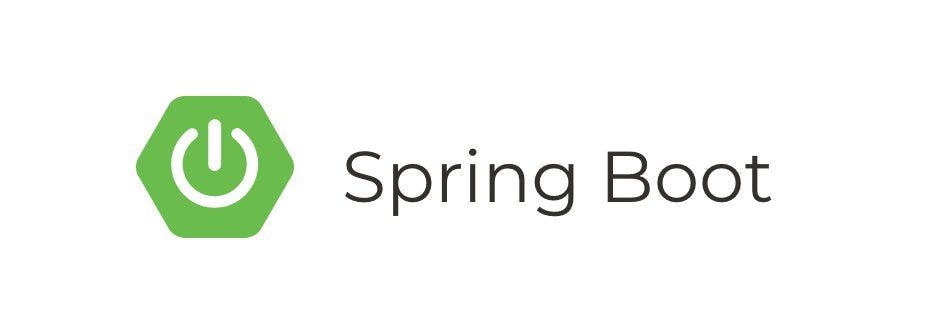Introduction
In this tutorial, we will guide you through the process of integrating Dynatrace, a powerful application performance monitoring (APM) tool, with a Spring Boot application. Dynatrace provides real-time insights into the performance and behavior of your applications, helping you identify and resolve issues quickly.
Prerequisites
Before you begin, ensure you have the following:
- Java Development Kit (JDK) installed on your machine.
- Maven or Gradle for building the Spring Boot application.
- A Dynatrace account. You can sign up for a free trial here.
Step 1: Create a Spring Boot Application
Start by creating a simple Spring Boot application. You can use either Spring Initializr (https://start.spring.io/) or your preferred IDE to generate the project structure. Include the necessary dependencies such as Spring Web for web applications.
Step 2: Add Dynatrace Dependency
Open your project’s pom.xml (if using Maven) or build.gradle (if using Gradle) and add the Dynatrace dependency.
Maven:
<dependency>
<groupId>com.dynatrace.oneagent.sdk</groupId>
<artifactId>oneagent-sdk</artifactId>
<version>1.231.0</version> <!-- Check for the latest version on Maven Central -->
</dependency>Gradle:
implementation 'com.dynatrace.oneagent.sdk:oneagent-sdk:1.231.0' // Check for the latest version on Maven CentralStep 3: Configure Dynatrace
Obtain your Dynatrace environment ID and API token from your Dynatrace account. This information will be used to configure the Dynatrace OneAgent SDK in your Spring Boot application.
In your application.properties file, add the following configuration:
dynatrace.environment-id=your-environment-id
dynatrace.api-token=your-api-tokenReplace your-environment-id and your-api-token with your actual Dynatrace environment ID and API token.
Step 4: Initialize Dynatrace OneAgent SDK
Create a class to initialize the Dynatrace OneAgent SDK. This class should be annotated with @Configuration and implement CommandLineRunner to ensure that the initialization code runs when the application starts.
Step 5: Run Your Spring Boot Application
Run your Spring Boot application, and Dynatrace should now be integrated. Check your Dynatrace dashboard for real-time performance metrics, traces, and insights into your application.
Step 6: Additional Configuration (Optional)
Explore the Dynatrace OneAgent SDK documentation for additional configuration options and features. You can customize instrumentation, capture custom metrics, and gain deeper visibility into your application’s behavior.





